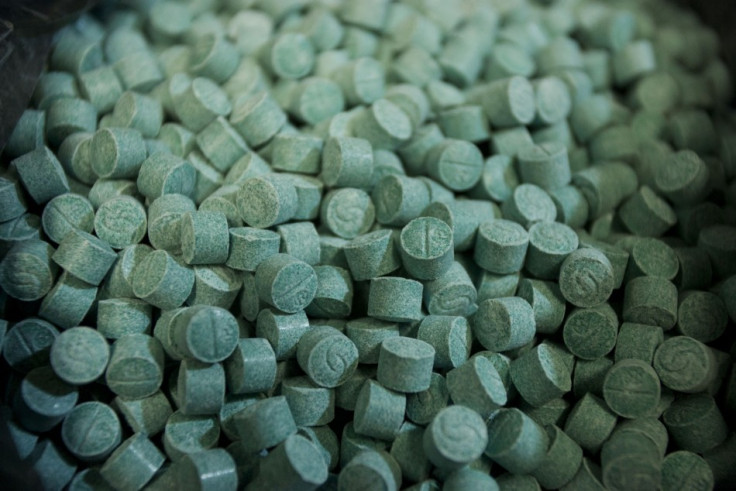It's official: Ketamine has an antidepressant effect
Drug found to improve the function of brain circuits involved in mood regulation.

Scientists have confirmed the antidepressant properties of ketamine, after getting new insights into how the drug may act on the brain. They have also identified related compounds that could benefit people, without the negative side effects of ketamine.
Ketamine is used as a human anaesthetic or an animal tranquilliser and was approved in clinical practice by the US Food and Drug Administration (FDA) in 1970. Due to its side-effects, such as hallucinations, it also became rapidly used as a recreational drug. This trend had to some extent been reversed in past decades, but there has recently been new reports of ketamine resurfacing as a 'party drug' in Europe and the US.
There has also been renewed interest for the drug among health professionals since various studies have shown that, in strict clinical settings, it had positive effects on people suffering from severe depressions. It also appears to offer therapeutic benefits to those with a cocaine addiction.
At the annual meeting of the American College of Neuropsychopharmacology, which took place between 4 and 8 December 2016, scientists have presented the most recent findings about ketamine and its action on the brain.
Alternative drugs
In particular, they have shared key insights about how the drug acts on the brain and confirmed its antidepressant effects. Dr Lisa Monteggia from UT Southwestern Medical Centre discovered that ketamine activates the production of new proteins in nerve cells. These proteins improved the function of brain circuits involved in mood regulation by promoting the encoding of memories and new information.
Other scientists have for their part identified chemicals known as metabolite that form when ketamine is broken down in the body, and which could potentially be given alone with the same benefits as ketamine, but with reduced adverside-effects. The hope is that this will lead to the development of alternative drugs to ketamine, for therapeutic purposes.
Two components of ketamine are R-ketamine and S-ketamine, and they are converted in the body as R- and S- metabolites. One scientist, Dr Irving Wainer, found out that when it was given to rodents, the metabolite S-norketamine relieved depressive symptoms, much like ketamine. However, other effects of the drug, such as bad hallucinations, were attenuated. This discovery echoed recent findings that another metabolite called hydroxynorketamine (HNK) could alleviate depression, without having an adverse impact.

Additionally, clinical data from a phase 2 trial were presented at the meeting. They suggested that using only S-ketamine helped depression patients who had not responded to conventional antidepressant drugs, with the efficacy persisting for eight weeks after the last dose.
These findings indicate that there might be an avenue for using closely related drugs to help with depression and other disorders, without exposing patients to ketamine's adverse side effects. However, more research will need to be done in humans before this is achieved.
© Copyright IBTimes 2025. All rights reserved.






















